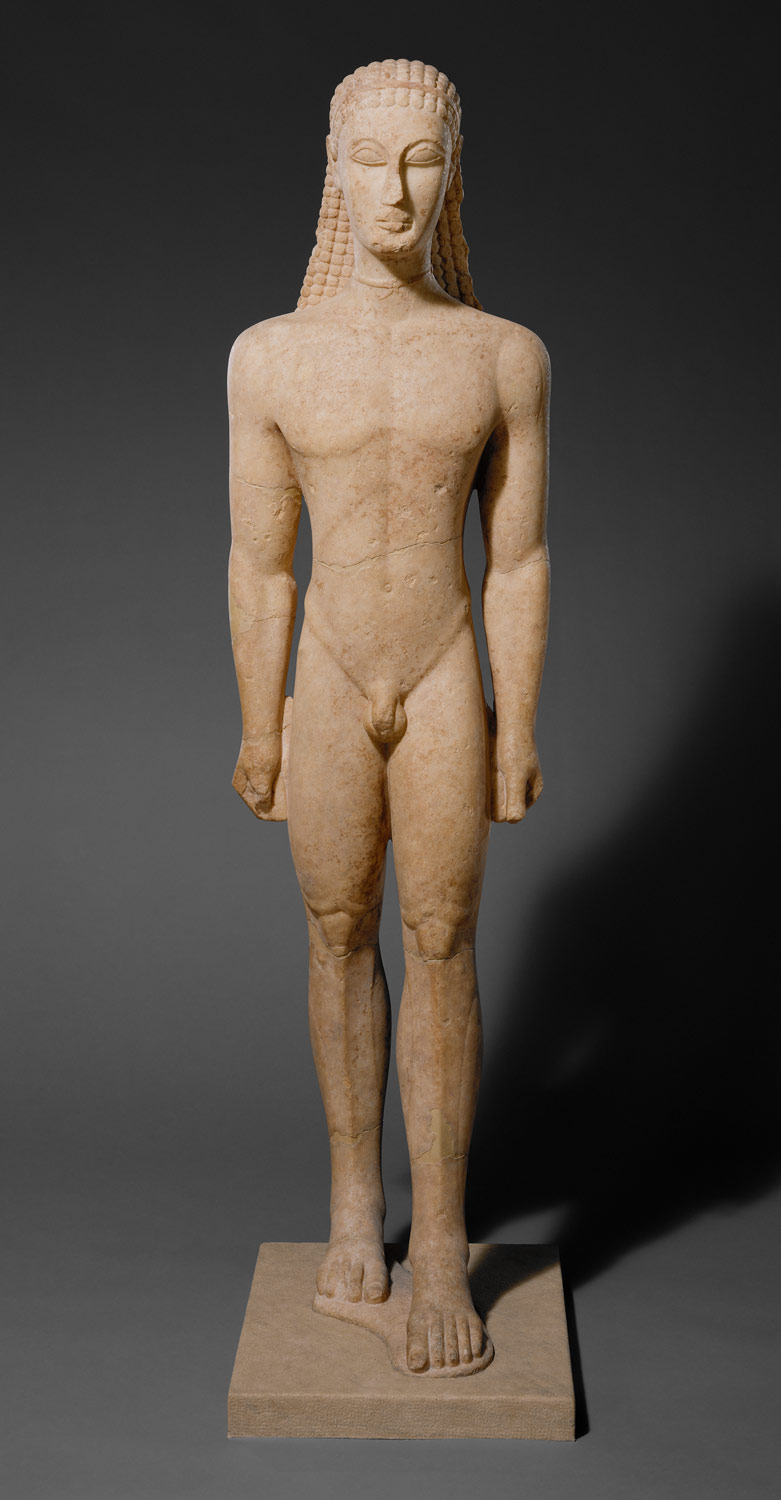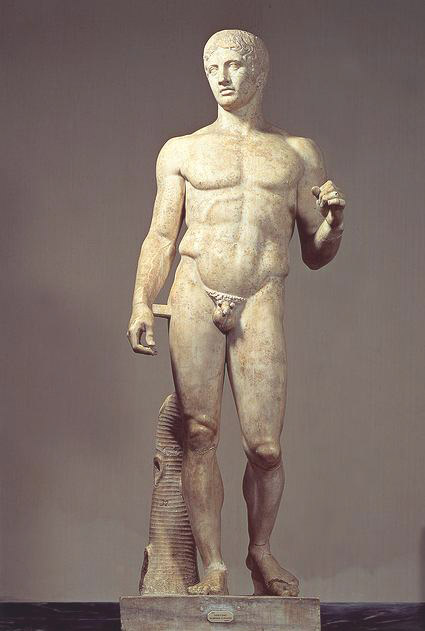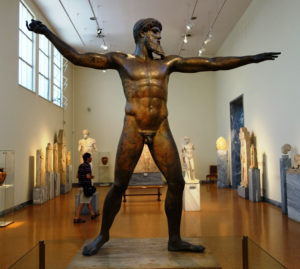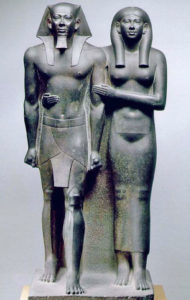The Ancient World in the unit two consisted of Greece and Rome. It has many vast pieces of art between the two cultures. They were some things that were similar between the Greek and Roman art. They both use contrapposto. In Greek art, we learned that it has several periods including Geometric, Archea, Classical, late Classical, and Hellenistic. We also learned about the term contrapposto which is shifting of the weight. The classical period emphasizes on balance. It also has a detached notion of beauty. The classical period also focuses on control, discipline, and mimesis (imitation of nature). The sculptures made in this period were perpendicular. In the Hellenistic period, it focused more on drama, action, and strong emotions. The sculptures during that period were diagonal.
The Aphrodite of Knidos model was the first female nude sculpture in Greek art. It was part of the classical period. In Greek art, it was highly inappropriate to draw and display female nudity. Unlike the other models, this sculpture didn’t have a female model to create the full figure of the model. The Seated Boxer sculpture is part of the Hellenistic period. In all of the sculptures that we’ve seen in Greek and Roman art, this was the first sculpture in where the subject isn’t standing. Standing figures represented nobility while figures that were sitting represented as humility. The figure is bronze which is different from the other sculptures we’ve seen which were marble. His face looks realistic and you can see the nicks and gashes on his face along with the swollen ear. His posture seems as if he is drained and exhausted.
In the Roman Republic, they emphasize on portraiture. A good successful portrait shows who you really are as a person. We learned about the term verism which is truth. The Romans also valued age. The older the person the more wise the person is. In Roman art they prefer clothed sculptures. In the Aule Melete sculpture, the clothes are on. Compared to the Greek art, this sculpture is represented as a scholar and a person of wise character instead of a young athletic person. The man has his hand out as if he is talking to a group of people. His beard is non-existent. If you have a beard, it automatically determines you as a soldier because you wouldn’t have the time to shave.
Overall, the Greek and Roman art had interesting pieces. The difference in context changes as time goes on. I learned a lot about these cultures and hope to see more sculptures in the future.


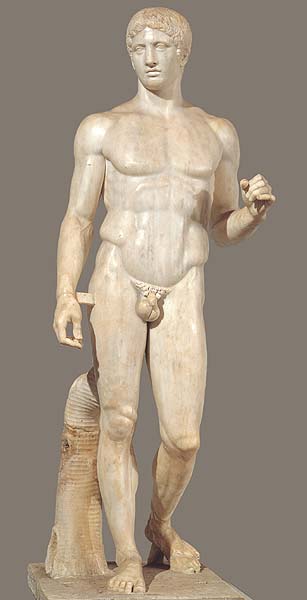


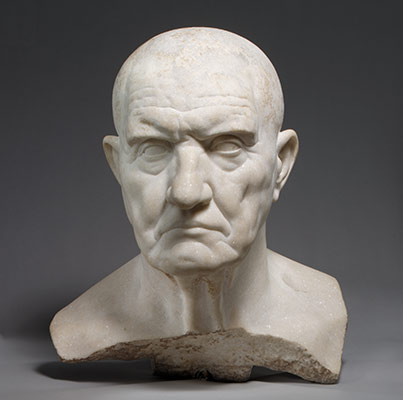
 The Art of the Ancient World is an extremely diverse subfield within Art itself, and features a plethora of unique artworks. The spans of the artworks of the Ancient World go from Ancient Egypt, to Ancient Greece, and finally, Ancient Rome. Thus, as evidenced throughout the history of art, there are also significant differences amongst the artworks of all three artistic eras. Nevertheless, though certain differences are evidenced between these era’s, there are also a sizeable amount of similarities between them as well. This all traces back to the Egyptian versus Greek/Roman philosophies about art (humanism vs. idol/god-centered worship).
The Art of the Ancient World is an extremely diverse subfield within Art itself, and features a plethora of unique artworks. The spans of the artworks of the Ancient World go from Ancient Egypt, to Ancient Greece, and finally, Ancient Rome. Thus, as evidenced throughout the history of art, there are also significant differences amongst the artworks of all three artistic eras. Nevertheless, though certain differences are evidenced between these era’s, there are also a sizeable amount of similarities between them as well. This all traces back to the Egyptian versus Greek/Roman philosophies about art (humanism vs. idol/god-centered worship).




